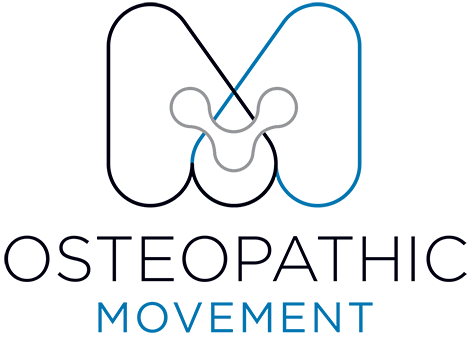Do you have a Headache or Migraine?
Do You Have a Headache or a Migraine?
Did you know that headaches and migraines are two different conditions — even though their symptoms can often feel quite similar?
At Osteopathic Movement South Yarra, we see many patients who experience regular head pain but aren’t sure which type they’re suffering from. Understanding the difference between headaches and migraines is the first step toward finding the right treatment and lasting relief.
Headaches: Common Causes and Symptoms
A headache is typically described as an aching or pressure-like pain in the head. It can range from mild to severe and is often felt in the temples, forehead, or base of the skull.
There are several common types of headaches, each with their own pattern and triggers:
1. Tension Headache
The most common type of headache, caused by tightening of the neck and scalp muscles.
Symptoms:
Dull, pressure-like pain on both sides of the head
Stiffness or tension in the neck and shoulders
Triggered by stress, fatigue, dehydration, or poor posture
2. Sinus Headache
These headaches are linked to sinus congestion and inflammation.
Symptoms:
Pain or pressure across the forehead, cheeks, and behind the eyes
Blocked or runny nose
Often associated with a cold, fever, or sinus infection
3. Cluster Headache
A less common but severe form of headache that occurs in cycles.
Symptoms:
Intense, burning or stabbing pain behind one eye
Red, watery eyes or nasal congestion on the same side
Short bursts of pain lasting 30 minutes to two hours
Migraines: More Than Just a Headache
A migraine is a more complex neurological condition involving changes in blood flow and nerve activity. The pain is typically one-sided, pulsating, and severe, often interfering with daily activities.
Common migraine symptoms include:
Pain behind one eye or temple
Throbbing pain that worsens with movement
Sensitivity to light, sound, or smell
Nausea or vomiting
Visual disturbances such as flashing lights or spots
Migraines With and Without Aura
Some migraine sufferers experience an aura — a group of sensory symptoms that occur before the headache begins.
Aura symptoms may include:
Visual changes (flashing lights, zigzag lines, blurred vision)
Tingling or numbness in the face or hands
A sense of confusion or “brain fog”
Heightened sensitivity to taste or smell
Not everyone experiences an aura, and symptoms can vary from one episode to another.
How Osteopathy Can Help
Headaches and migraines are among the most common reasons patients seek osteopathic treatment. Osteopaths take a whole-body approach, looking beyond the site of pain to address contributing factors such as:
Joint restrictions in the upper spine
Postural strain from work or stress
Circulatory and nervous system imbalances
Using gentle, hands-on techniques such as soft tissue massage, joint mobilisation, and cranial therapy, your osteopath can help relieve muscular tightness and improve blood flow to the head and neck.
You’ll also receive advice on:
Stretches and posture corrections for office or computer work
Hydration and relaxation strategies
Identifying and managing lifestyle triggers
By addressing both the physical and lifestyle factors that contribute to headaches and migraines, osteopathy offers a natural, drug-free approach to relief.
The Takeaway
Whether your pain stems from tension, posture, or migraine triggers, understanding what type of headache you’re experiencing is key to managing it effectively. Osteopathy can help reduce pain intensity, improve movement, and prevent recurrences through tailored hands-on care and education.
Book Your Appointment
If you’re suffering from frequent headaches or migraines, our experienced osteopaths can help you find relief and understand the underlying causes.
• Learn more About our South Yarra osteopaths
• Explore our Osteopathic Movement wellness centre
• Book your appointment online
Written by Dr Dayne Sweres (B.AppSci (CompMed), M.Osteo) – Founder, Osteopathic Movement, South Yarra.
